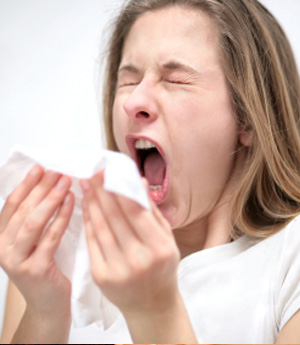A sore throat indicates pain, itchiness, or irritation of the throat. Often caused by the inflammation of the pharynx, common symptoms include a dry throat, swollen neck glands, hoarseness, and white patches on the tonsils.
 |
| Image source: earnoseandthroatct.com |
There are several ways to reduce the pain of a sore throat. The following are five natural remedies that can be taken at home:
Honey. To speed up the healing of your throat, mix honey in tea or other hot beverages. An effective wound healer, honey has long been used for treating respiratory infections, coughs, and other illnesses.
Salt water. Gargle with warm salt water. Salt will help pull the mucus out of your swollen, inflamed tissue, relieving the discomfort caused by sore throat.
Peppermint. Studies show that peppermint contains anti-inflammatory, antibacterial, and antiviral properties that help faster healing. You may mix peppermint to warm beverages to ease the pain.
Slippery Elm. Like salt, slippery elm has a mucus-like substance that coats and soothes the throat. Mix hot water with powdered bark of elm and drink it.
Licorice root. This plant is known as an effective gargle solution for sore throat. It can soothe your throat from pain and coughing.
 |
| Image source: medicinenet.com |
Remember, these are just remedies for simple cases of sore throat. If your sore throat persists for more than a week and is accompanied by other symptoms like fever or rash, it is advisable to visit your doctor.
This Dr. Robert R. Beltran blog shares more articles on management and treatment of diseases and disorders of the ear, nose, and throat.



-Step-5-Version-2.jpg)



















